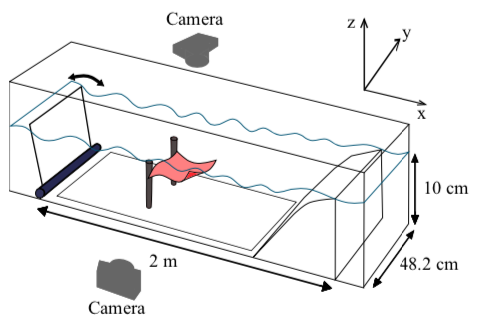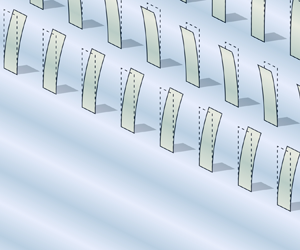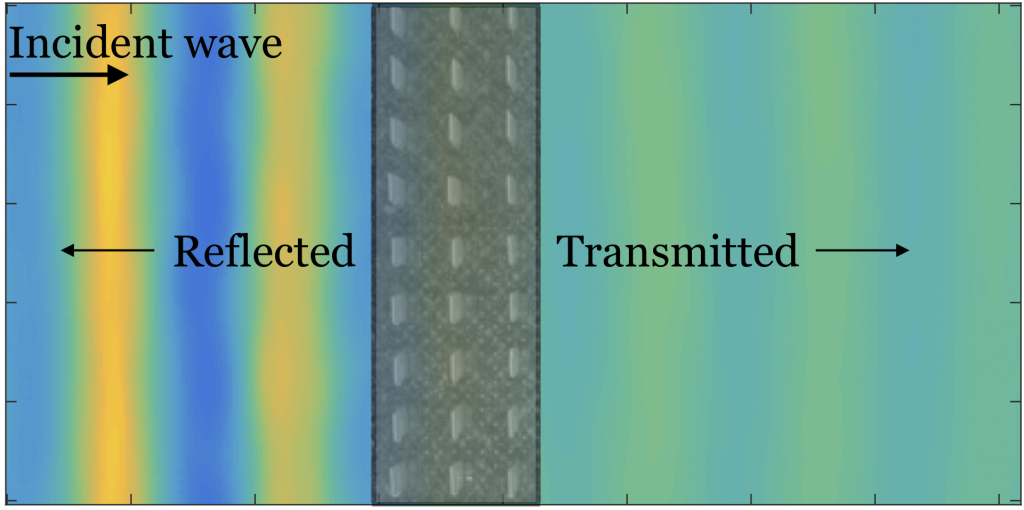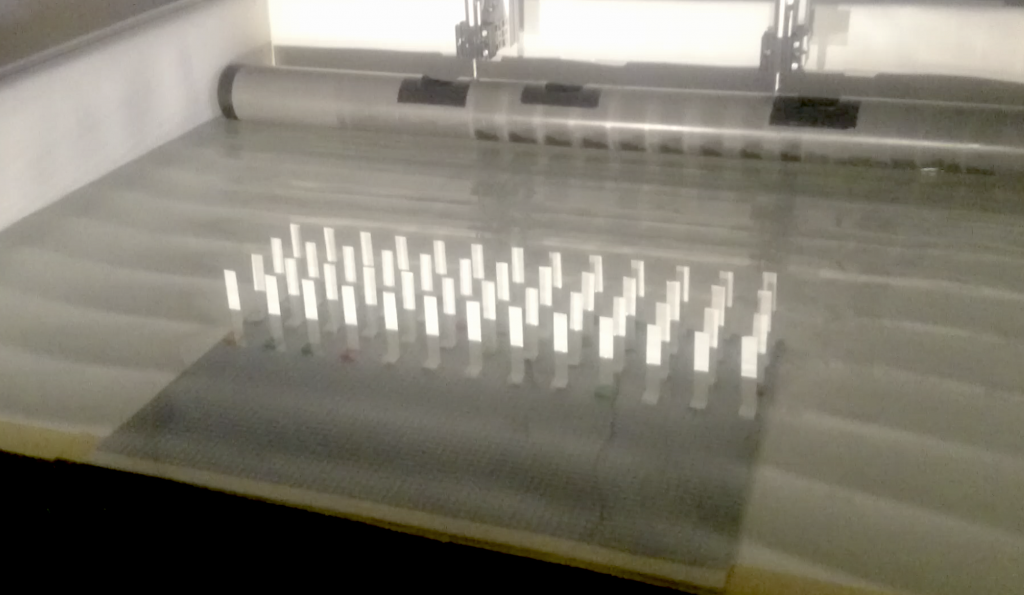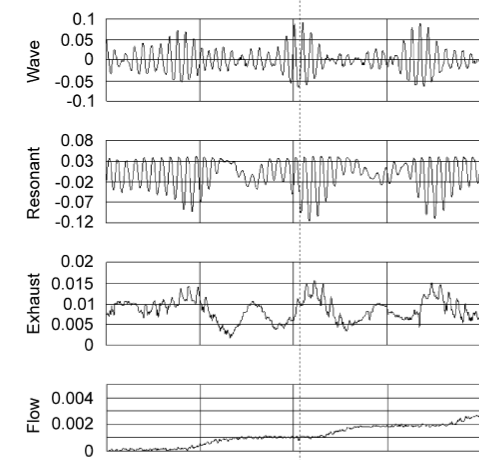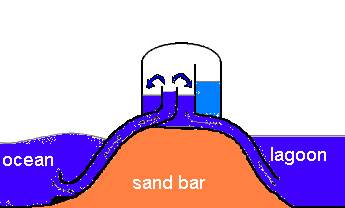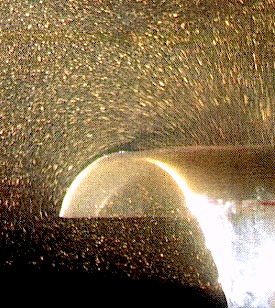
In the interaction of water waves with marine structures, the interplay between wave diffraction and drag-induced dissipation is seldom, if ever, considered. In particular, linear hydrodynamic models, and extensions thereof through the addition of a quadratic force term, do not represent the change in amplitude of the waves diffracted and radiated to the far field, which should result from local energy dissipation in the vicinity of the structure. In this work, a series of wave flume experiments is carried out, whereby waves of increasing amplitude impinge upon a vertical barrier, extending partway through the flume width. As the wave amplitude increases, the effect of drag – which is known to increase quadratically with the flow velocity – is enhanced, thus allowing the examination of the far-field effect of drag-induced dissipation, in terms of wave reflection and transmission. A potential flow model is proposed, with a simple quadratic pressure drop condition through a virtual porous surface, located on the sides of the barrier (where dissipation occurs). Experimental results confirm that drag-induced dissipation has a marked effect on the diffracted flow, i.e. on wave reflection and transmission, which is appropriately captured in the proposed model. Conversely, when diffraction becomes dominant as the barrier width becomes comparable to the incoming wavelength, the diffracted flow must be accounted for in predicting drag-induced forces and dissipation.
Modelling the far-field effect of drag-induced dissipation in wave-structure interaction: A numerical and experimental study
A. Mérigaud, B. Thiria, R. Godoy-Diana, G. Perret
Journal of Fluid Mechanics, 987, A24 (2024).
doi: 10.1017/jfm.2024.298


